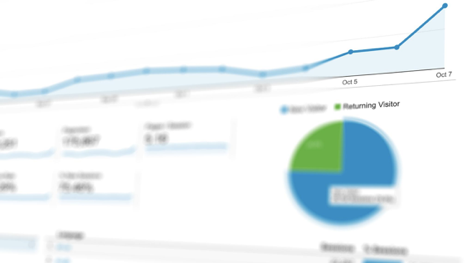In the practice of many advertising agencies (and freelancers too), there is a continuous production system, in which the process of setting up advertising campaigns is divided into separate small and short-term operations performed by an employee or a group of persons.
This approach leads to a reduction in setup time, an increase in the quality of work, and an acceleration of the turnover of working capital. In this article, you will learn how to set up analytics and performance tracking for your manufacturing marketing campaigns.
Registration and Installation of Google Analytics
Registering a Google Analytics account
To work with the Google Analytics (GA) tool, you need to register regular mail with Gmail.com, which will be your account.
For simplicity of linking Google Ads and Google Analytics accounts, it is recommended to use the same account as when setting up advertising campaigns.
Installing Google Analytics code on website pages
The resulting Universal Analytics (UA-) tracking code of the analytics.js or gtag.js library should be placed on all web pages in the <head> tag.
If your site is dynamic, then the code, as a rule, is added once to the site header, header.php. You can also install the Google Analytics tracking code through the Google Tag Manager.
Also, many popular CMS engines have built-in modules and plugins that simplify the process of installing code. All you need to do is add the tracking ID to the corresponding field.
Data Collection
Data collection functions for Manufacturing advertisers
At the resource level, in the Data Collection section, you can enable Google Signals, which allows you to track user activity across devices.
You should know that demographics are not collected in Google Analytics reports by default. To activate demographics reports, go to Audiences – Demographics – Overview.
To track in the view settings, enable the “Site search Tracking” option and add query and category parameters. Your paid campaigns should focus on Dwell Time, Bounce Rate, Customer Conversion Rate, Monthly Recurring Revenue, Chum Rate, Average Revenue Per User, Customer Acquisition Cost, and Customer Lifetime Value.
Upgrade bounce rate
There is a significant difference when calculating this indicator in Google Analytics and other platforms. You should know that refusal is a visit in which the user has viewed only one page and devoted less than 15 seconds to view it.
In all other cases, there will be no refusal, even if the user left the page 17 seconds after entering the site.
Conclusion
It would be best if you had learned how to register and set up analytics. The data collection section is a prerequisite step towards performance tracking. If the site has a search by categories, sections, or pages, then Google Analytics can be configured to track what exactly users are looking for on the website. If you need help tracking analytics, contact the experts at Manufacturing Advertising today!
CONTACT US NOW | CALL 513.445.4004





